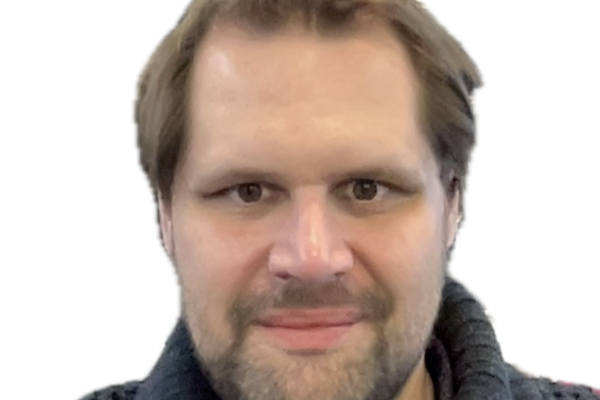
Dr. Ryan Plestid
California Institute of Technology
Dark particles and where to find them
Location: 1080 Physics Research Building
Faculty Host: Samir Mathur
Abstract: Many open questions in particle physics motivate the existence of "dark" particles which do not interact directly with the electromagnetic, weak, or strong forces. These particles may be intimately connected to the observed relic abundance of dark matter, and to the origin of neutrino mass. In this talk I will explain how existing astroparticle and accelerator-based experiments (such as satellite missions, neutrino "telescopes", muon facilities, and dedicated beam dump searches) can be used to search for very weakly interacting particles with masses on the order of, or less than, the proton mass.
Bio: Ryan did his undergraduate at the University of Guelph, before moving onto a PhD at McMaster University where he was also an affiliate graduate student at Perimeter Institute. His first postdoc was at the University of Kentucky where he was a long-term visitor and Intensity Frontier Fellow at Fermilab. Ryan is now a Neutrino Theory Network Fellow at Caltech in the Particle Theory Group. Ryan works on a broad range of topics ranging from phenomenology in astrophysical and laboratory settings, to the development of effective field theory methods for precision calculations.
